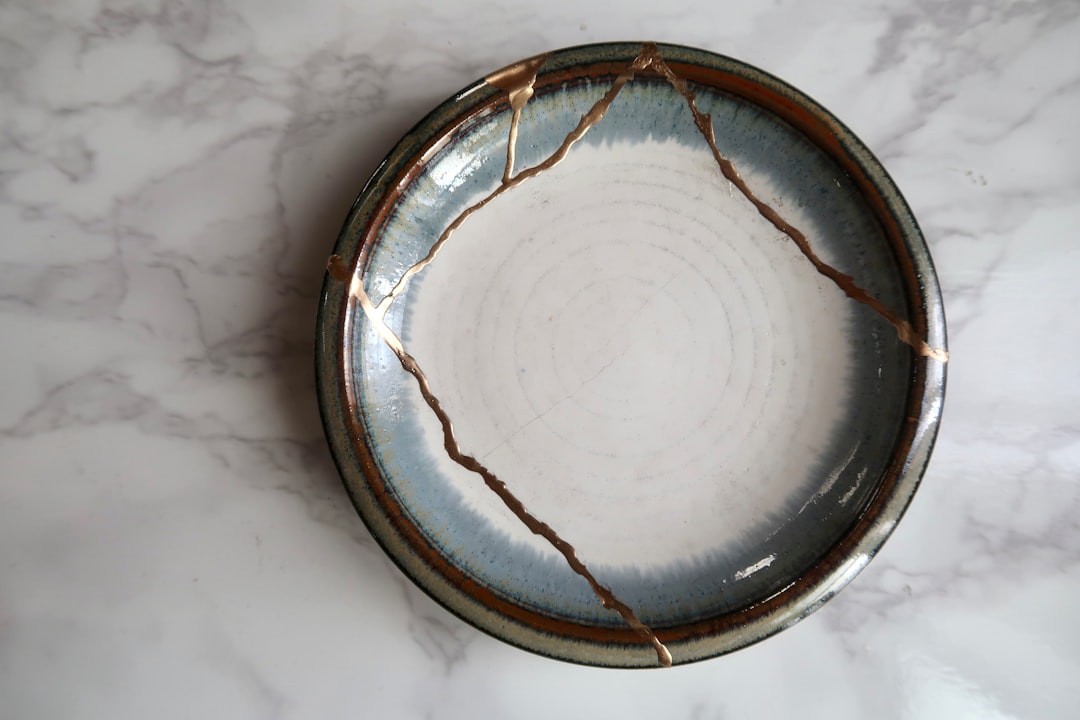How to Develop the Best Ideas for Your Game’s Story
One of the most important tricks to coming up with great ideas is to start brainstorming bad ones
How To Write a Game is a free publication written by Ryan Matejka, an organic human who loves to write. If you like this, please consider making a small donation.
How do you develop a clever idea? What are the mechanics involved in thinking up an idea that can be considered “good” or “unique?” Sure, you could stare at a blank page for an hour and hope an idea emerges from the ether, or you could walk down the street and see or overhear something that sparks inspiration, but it’s more likely that you’re just going to get a headache from the former and have a lovely time outdoors from the latter. While popular culture likes to sell the narrative that the best ideas occur spontaneously to the gifted, that narrative is neither true nor is it helpful when you’re tackling a project with a timeline.
Fortunately, there are many techniques you can use to develop great ideas for your game’s story — some of which I’ve already covered such as writing something personal and authentic; taking notes, defining your interests, setting goals, and outlining; and writing fast. However, much to my surprise when reviewing my archive of posts, there’s one important method that I don’t believe I’ve mentioned yet.
You should brainstorm, write down, and seriously consider a lot of bad ideas.
How to Make Great Stories With Bad Ideas

This is going to sound like a contradiction, but bear with me: One of the most important lessons I’ve learned as a writer, aside from the importance of being open to critique, is that there is no such thing as a bad idea. Sure, you’ve probably heard that saying a million times before, and so had I, but it didn’t sink in until I heard Vince Gilligan, creator of Breaking Bad and Better Call Saul, talk about how vital that concept was in his writers’ rooms. He explained that many of the best ideas from his shows came from his writers feeling the freedom to share any and every idea with the rest of the room, no matter how terrible it was.
I can attest to this. While writing Cook Serve Forever, Nicholas Kraak and I were committed to sharing every idea that came to our minds, even if it felt like the worst, most embarrassing thing we’d ever come up with. In doing this, we found that, lo and behold, Vince Gilligan (and every great writer before him) was right for two reasons:
Every idea contains some element that would be useful in your story, even if that element is simply “it gets the story from plot point A to plot point B.”
Just like an idea that seems great at first can fall apart under scrutiny, an idea that seems bad at first can turn out to be exactly what your story needs.
Simply put, experimenting with different ideas is a vital part of the writing process, and as such, it’s important to throw absolutely everything you can come up with at the wall to see what sticks, including bad ideas. As we discovered for ourselves, an element from a bad idea can lead to a better idea, and an idea that sounds like a joke at first might turn out to be perfect upon serious consideration.
Need further proof? I’ve written a brand new post on Steam detailing how two very rough ideas we had but ultimately scrapped for Cook Serve Forever actually shaped the narrative into something that I’m very excited for everyone to experience when the full game releases in 2025.
Read the full Steam post here: CSF December Progress Update!
I hope you’ve enjoyed this special surprise post of How To Write a Game, just in time for the holidays! As announced in my previous post, I’m no longer writing regular posts to this publication so that I can focus on pursuing my childhood dream of becoming a published author. You can follow my journey by subscribing to my new substack, Scrawl Through the Void, or by following me on Bluesky, Instagram, and Threads.
Previous Posts Mentioned in This Post:
How to Start Writing Your Story
Writing doesn't have to be scary. Here are five methods to make it easier to start writing your game's story.
3 Essential Tips to Improve Your Writing
Write a better story, store page, blog, and everything else your game needs.
A full archive of posts can be found here.







